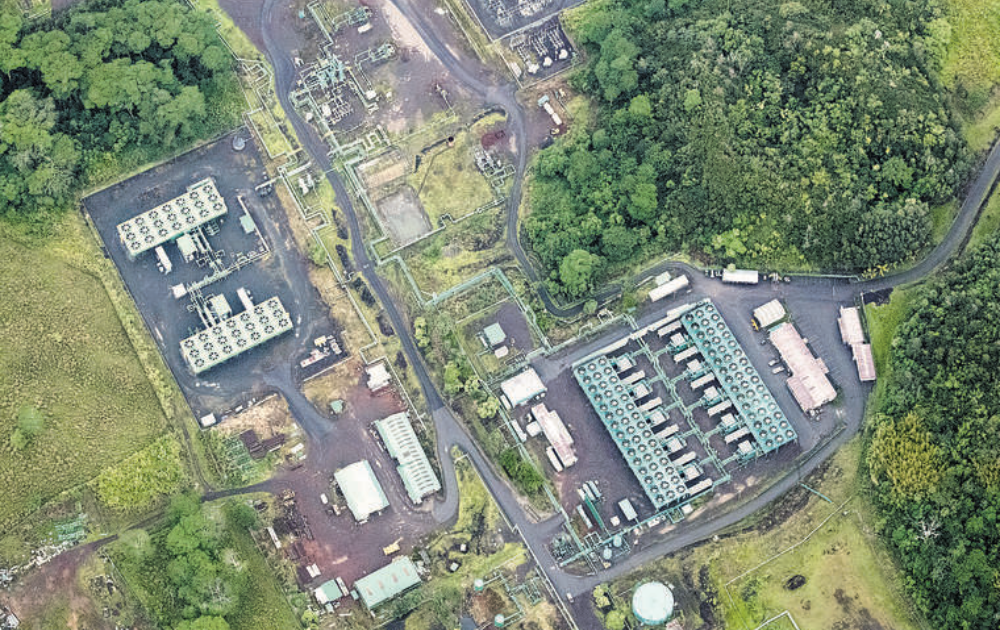Geothermal
Due to Hawaii's volcanic activity, it has great potential for geothermal energy. But is it possible on Maui?
Geothermal energy plants drill into to sub-surface of the Earth, where water is stored within the rocks. Hot steam and fluids are released and brought up to generate electricity.


